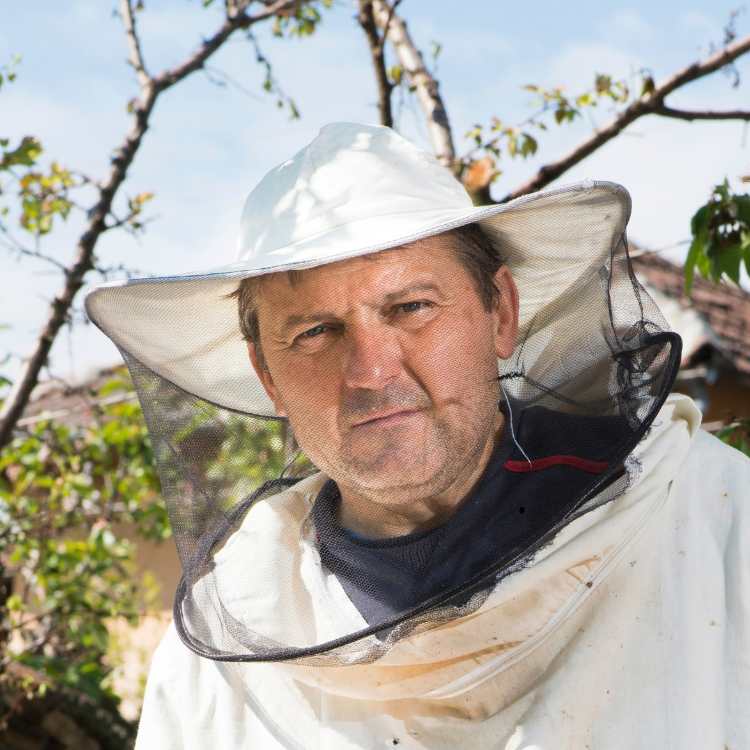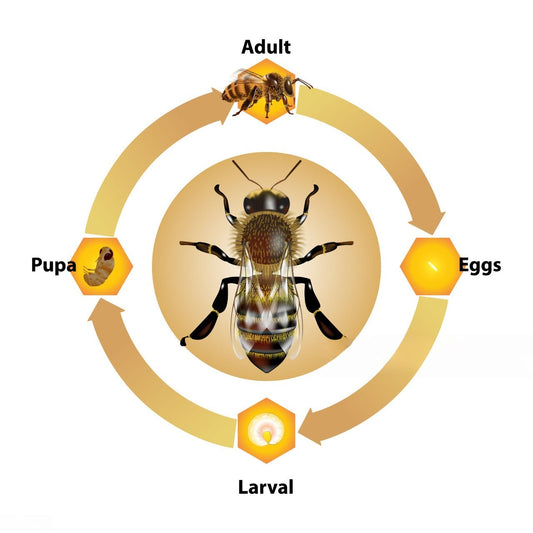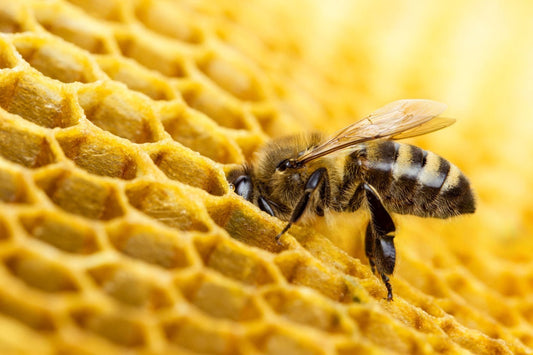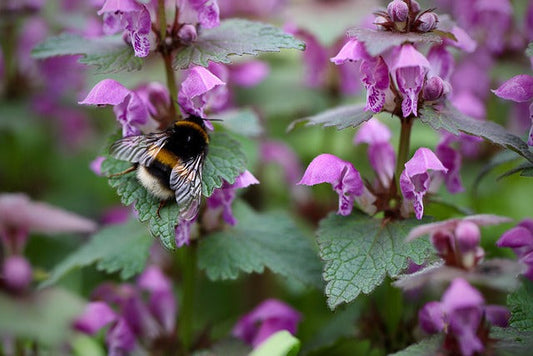Discovering bees in the attic can be an alarming situation, but these necessary pollination creatures require delicate handling when you're removing them. If you stumble upon bees present in your attic, firstly it should be recognized if they are honey bees, carpenter bees, or of a different breed because this influences how to remove them.
Understanding the Colony Structure
Before beginning to remove bees from an attic, it's crucial to understand how these insects form their colonies. Bees living in attics create complex structures composed of honeycombs that can hold thousands of them. This is not merely a simple nest - instead, it serves as their complete home with reserves of honey and caretaking for baby bees.

A colony of honeybees
Safe Removal Steps
Removing bees in attic colonies requires careful planning and usually professional help. Here's why: rushing to remove bees in attic spaces can lead to damaged honeycombs, anger bees, and potential structural damage to your home. The process needs to protect both the bees and your property.
Professional Assessment
If you discover bees in your attic, contact an expert for bee removal instead of the usual pest control businesses. Such professionals are knowledgeable on how to deal with bees in attics without using harmful substances. They will evaluate the size of the colony, the ways they entered, and structural issues before initiating the process to remove them.
Proper Equipment and Timing
To handle bees living in attic colonies, one needs specific tools. Bee vacuums are utilized by professional beekeepers, as they gather the bees safely without causing them any harm. The optimal time for removing bees in attics comes during daytime hours when most of these insects are busy and simpler to find.

The importance of the right equipment and protective gear
The Removal Process
The actual removal of bees in attic colonies involves several careful steps:
- Locating all entry points
- Setting up safe collection systems
- Carefully removing honeycomb structures
- Collecting the queen (crucial for colony survival)
- Relocating the entire colony to a new hive
Post-Removal Care
After removing bees in attic colonies, proper cleanup and prevention are essential. This includes:
- Removing all honeycomb to prevent attracting new swarms
- Repairing any structural damage
- Sealing entry points to prevent future bees in attic problems
- Setting up deterrents to discourage new colonies
Seasonal Considerations
The timing of bees in attic removal matters significantly. Spring and summer are usually the best seasons for removal, as bees are the most active and easier to locate. However, waiting too long can allow the colony to grow larger, making removal more challenging.
Common Mistakes to Avoid
When dealing with bees in your attic, avoid these common errors:
- Using pesticides (this kills bees and leaves a toxic residue)
- Sealing entry points while bees are still inside
- Attempting DIY removal without proper protection
- Ignoring the problem, hoping it will resolve itself
Legal and Environmental Considerations
Many areas have specific regulations about bee removal. Before taking action, check local laws regarding bees in attic removal. Some regions require professional handling due to the importance of bee conservation.
Cost Factors
Professional bee removal isn't cheap, but it's worth the investment. Costs typically depend on:
- Colony size
- Accessibility
- Amount of necessary repairs
- Whether structural modifications are needed
- Time required for complete removal
Prevention Tips
After successful removal, prevent future colonies by:
- Regular attic inspections
- Sealing potential entry points
- Maintaining exterior walls and roofing
- Installing proper ventilation
- Using bee-safe deterrents around potential entry points
Working with Beekeepers
Local beekeepers often provide valuable services for handling bees in homes. They can:
- Safely relocate the colony
- Preserve honeycomb and honey
- Ensure the bees' survival in their new location
- Monitor the removal site for potential returns
Long-term Solutions
Think about long-term solutions while handling the immediate problem. This might include:
- Regular home maintenance
- Installing proper attic ventilation
- Using bee-resistant materials in home repairs
- Creating alternative bee habitats away from your home
When to Call for Emergency Help
Sometimes, bees in attic situations require immediate attention, especially if:
- Someone in your home is allergic to bee stings
- The colony is extremely large or aggressive
- There's a risk of structural damage
- Multiple colonies are present
Parting words
Do not forget, that discovering bees in your attic may cause tension, but these creatures are very important to our environment. It is worth devoting time to move them gently because it protects both the insects and avoids future issues with your house. Always give precedence to techniques that simultaneously safeguard your property and these significant pollinators.
Interested to learn more about bees in general? Learn more here.





